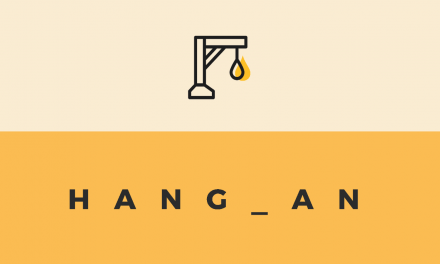As a researcher, publishing your article is a crucial step in enhancing your career path. With increasing number of new journals and publishers, it is important to know how to assess the credentials of journal and publishers. Do you know how to differentiate between predatory and legitimate journals? How will you ensure that the article is published in a right journal and not in a predatory journal?
Creators of predatory journals aim to deceive authors for their money. They claim to provide peer review, editorial, and publication services. Publishing in a predatory journal can damage a researcher’s career and makes their research work invisible as a result of choosing wrong publication venue.
Think.Check.Submit. is an initiative that helps to identify a trusted journal for your scholarly article to be published. “Think” makes you consider the issues of submitting predatory journals, “Check” provides you a set of criteria in the form of simple questions for you to answer “yes” or “no” to check if it is a trusted journal. ”Submit” only if you are able to answer “yes” to most of the questions in “Check” list. This short checklist guides authors with simple and clear steps to assess or evaluate the legitimacy of a journal. The campaign aims to help the authors make informed decisions about their publication venue. Let’s look at the checklist of questions below.
Are you submitting your research to a trusted journal?
Is it the right journal for your work?
- More research is being published worldwide.
- New journals are launched each week.
- Stories of publisher malpractice and deception are also on the rise.
- It can be challenging to find up-to-date guidance when choosing where to publish.
How can you be sure the journal you are considering is the right journal for your research?
You can refer to this list to check if your chosen journal is trusted.
- Do you or your colleagues know the journal?
- Have you read any articles in the journal before?
- Is it easy to discover the latest papers in the journal?
- Can you easily identify and contact the publisher?
- Is the publisher name clearly displayed on the journal website?
- Can you contact the publisher by telephone, email, and post?
- Is the journal clear about the type of peer review it uses?
- Are articles indexed in services that you use?
- Is it clear what fees will be charged?
- Does the journal site explain what these fees are for and when they will be charged?
- Do you recognise the editorial board?
- Have you heard of the editorial board members?
- Do the editorial board mention the journal on their own websites?
- Is the publisher a member of a recognized industry initiative?
- Do they belong to the Committee on Publication Ethics (COPE)?
- If the journal is open access, is it listed in the Directory of Open Access Journals (DOAJ)?
- If the journal is open access, does the publisher belong to the Open Access Scholarly Publishers’ Association (OASPA)?
- Is the journal hosted on one of INASP’s Journals Online platforms (for journals published in Bangladesh, Nepal, Sri Lanka, Central America and Mongolia) or on African Journals Online (AJOL, for African journals)?
- Is the publisher a member of another trade association?
If you can answer ‘yes’ to most or all of the questions on the list.
Complete the check list and submit your article only if you are happy you can answer ‘yes’ to most or all of the questions.
- You need to be confident your chosen journal will have a suitable profile among your peers to enhance your reputation and your chance of gaining citations.
- Publishing in the right journal for your research will raise your professional profile, and help you progress in your career.
- Your paper should be indexed or archived and be easily discoverable.
- You should expect a professional publishing experience where your work is reviewed and edited.
The tool helps authors to identify good journals and gain good publishing experience. This post was adapted from Think.Check.Submit.org and more information can be found there. If you have any questions about the checklist or predatory publishing, please contact us at library@ntu.edu.sg.









